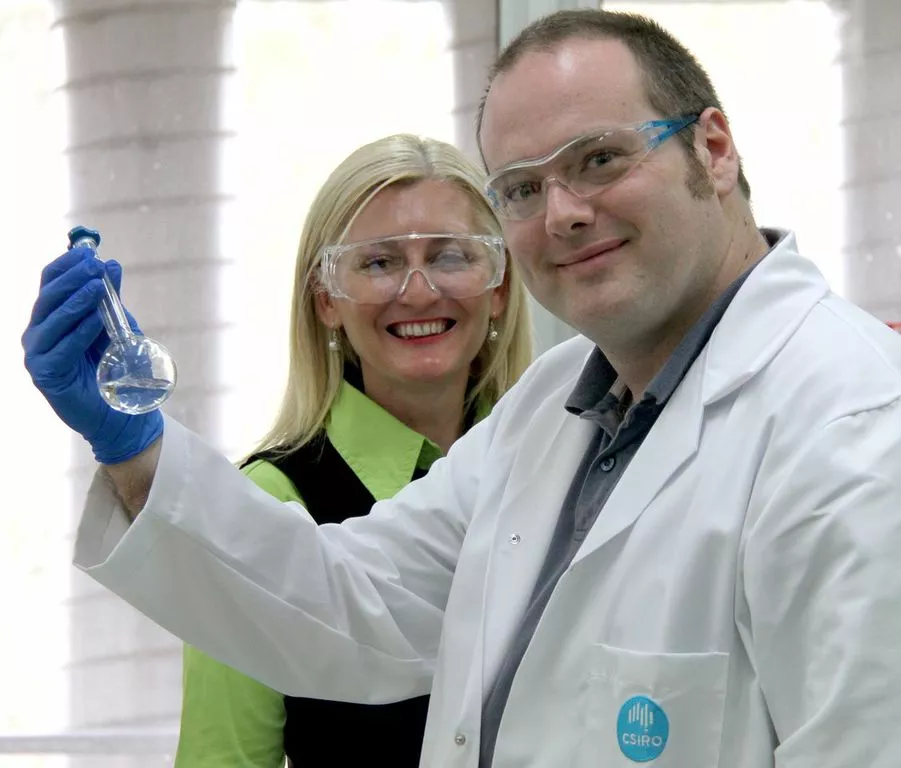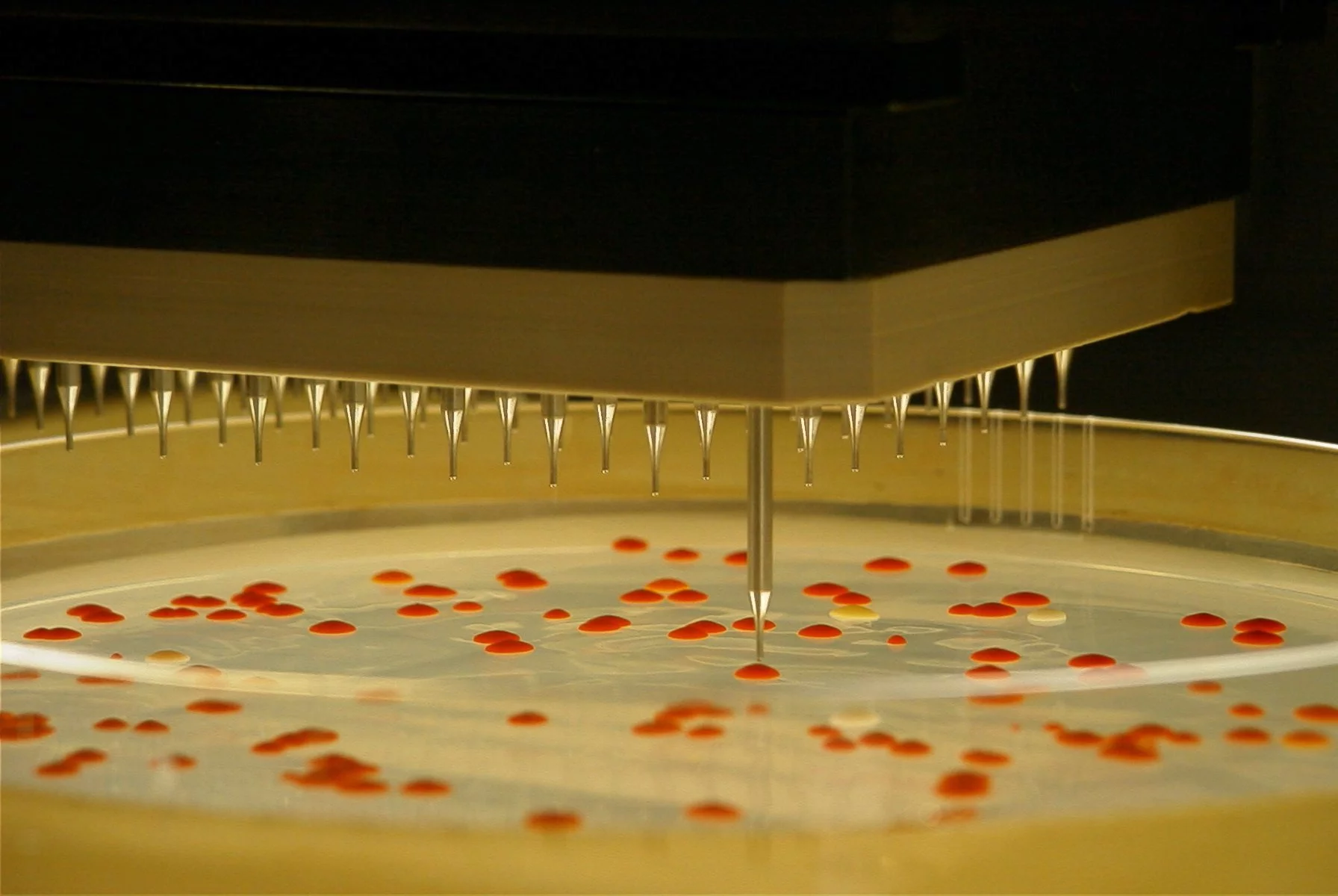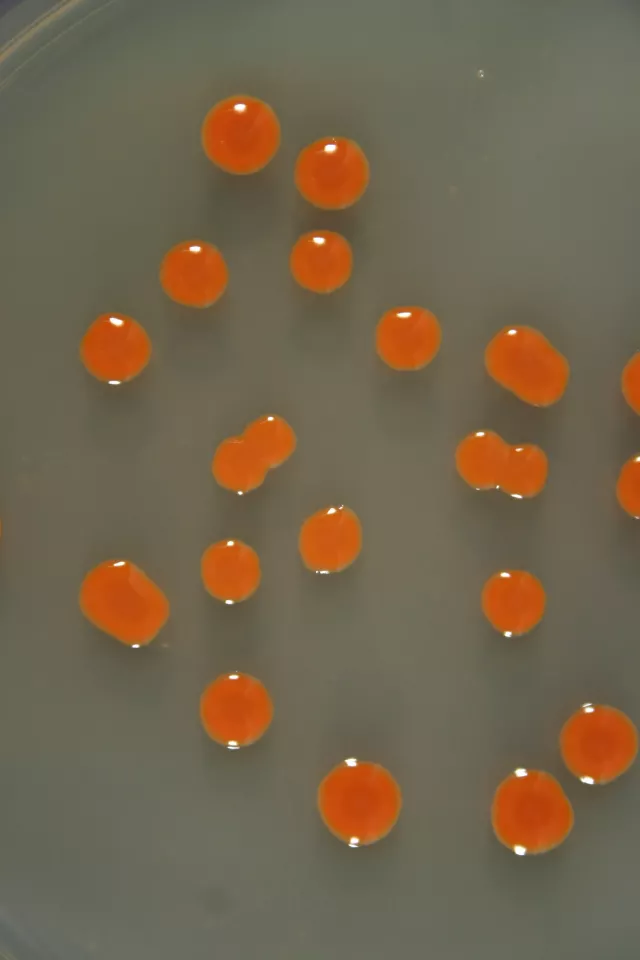The next generation of powerful sunscreens may have their roots in some unlikely sources – corals from the Great Barrier Reef and bacteria found in the Trondheim Fjord in Norway. When developed, these new sunscreens could offer protection across a wider band of ultraviolet (UV) radiation suspected to cause deadly forms of skin cancer, which current sunscreens don't protect against. The discoveries represent huge breakthroughs, made possible by harnessing the natural sunscreen abilities that these life forms have developed over millions of years to survive the harsh UV radiation in their respective environments.
A gift from the reef
Studying corals has led to some astonishing discoveries in recent times; anti-inflammatory compounds found in the Caribbean gorgonian are used in anti-wrinkle creams, other corals come in handy as bone grafts or surgical implants. For Dr. Mark York and his team at Australia's Commonwealth Scientific and Industrial Research Organisation (CSIRO), the corals in the Great Barrier Reef have yielded special sunscreen filters that protect skin from both long wave ultraviolet A (UVA) and shortwave (ultraviolet B) radiation within a single molecule. That's important because existing sunscreens only absorb or reflect radiation in the UVB range (290 to 320 nanometers) and parts of the UVA range (320 to 400 nanometers). Until recently, UVB light was thought to be the only culprit in causing skin cancers and DNA damage because it harms the outer layers of the skin, where skin cancers normally occur.
UVA radiation wasn't considered dangerous, but studies over the years have proven that it damages skin cells at a deeper level which can induce cancer too. This is cause for concern, because typical sunscreens don't protect skin from radiation in the upper UVA range. While the more intense UVB rays do more damage, UVA rays are far more prevalent and reach skin cells more often.
To crack this problem, the CSIRO team spent two years adapting the natural sun screening ability of the corals found in the Great Barrier Reef, to suit human skin. "We came up with 48 variations of the natural material in an effort to arrive at promising candidates," says York. Even though they had 20 years of research conducted by the Australian Institute of Marine Science (AIMS) on the coral's protective barriers to build on, they still faced numerous challenges.
"The natural materials are extremely unstable with very short half lives which is obviously not a problem in the biological system where they are being continuously produced, but would be a serious issue for a commercial sunscreen," York tells Gizmag. "The second challenge was in extending the UV coverage of the naturally derived material from the UVB portion of the spectrum to include UVA."
They finally engineered a structurally stable molecule, possessing the ability to protect skin from both UVA and UVB radiation, which mimics the natural sunscreen that corals protect themselves with. If all goes well, the first coral-based sunscreen could be out in about five years with the help of skincare company Larissa Bright Australia.
Creating artificial bacteria
Deriving broad spectrum sunscreens from coral is only one solution – for scientists at Norwegian research institute SINTEF, a light-absorbing pigment occurring in bacteria in the Trondheim fjord holds the answer. Since the pigment can absorb UVA rays in the upper range (350-475 nanometres), any sunscreen made with it will absorb harmful radiation before it reaches the skin – a real breakthrough. "There are not many natural – if any – compounds that absorb light in this UV wavelength range," says Trygve Brautaset, Project and Research Manager at SINTEF.However, acquiring enough quantities of the pigment (known as sarcinaxanthin carotenoid) turned out to be an issue, because natural bacteria isn't very efficient at producing it. The bacteria is also unsuitable for commercial cultivation in large quantities. After about two years of genetic engineering, Brutaset's team have come up with a cultivable artificial bacteria that can produce the pigment commercially. That pigment is trademarked as UVAblue.
"We have several alternative production strains and they are currently being tested under small-scale conditions producing approx 10 mg of sarcinaxanthin per liter, which is a reasonable high yield for carotenoids under such conditions," Brautaset tells us.
To create the artificial bacteria, the team had to first identify the pigment, isolate the pigment-producing genes in the natural bacteria, and clone them. The cloned genes were introduced into stable bacteria strains to produce the pigment in sufficient quantities. "Another good thing with this technology is that we can make different variants of sarcinaxanthin with different properties for testing as sun protection," says Brautaset.
Right now the artificial bacteria depend on certain nutritional sources for growth, that make it impossible for them to be grown commercially on an industrial level. Methanol, wood and plant-based materials are some alternatives currently being investigated by the team. Once they do figure it out, it'll be possible to cultivate the bacteria in large bioreactors in massive densities to produce vast quantities of UVAblue.
"Bacteria are small (1-2 micrometers long) but they grow fast; about 20 minutes generation time," says Brautaset. "If you allow one bacteria to divide without any limitations in a liquid growth medium with no nutritional or oxygen limitations then the mass of the cell culture will exceed the mass of our planet within less than three days."
Scaling up the production process and testing UVAblue's chemical stability and storing it are other factors to explore. It may take at least two years to get it to the product stage. Patents for the manufacture and use of future sunscreens based on the pigment have been taken out by Norwegian company Promar AS.










